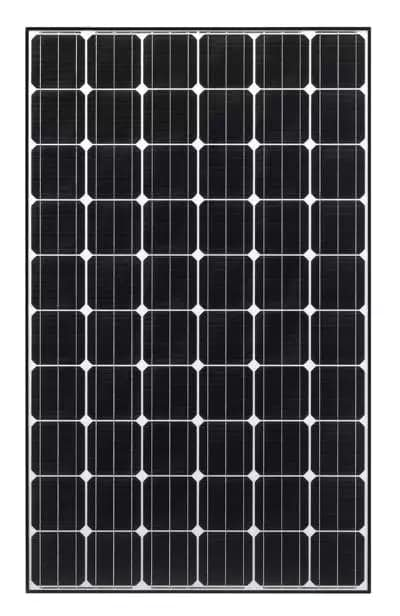Solar
Solar
Battery Storage
Battery Storage
Battery Storage
EV Charger
EV Charger
EV Charger
Heartbeat
Smart Energy Manager
Heartbeat
About Us
About Us
Learn
Featured Articles
Sizing Up A System
Finance & Rebates
Learn
Now servicing New South Wales, Victoria, Queensland and South Australia
Request PricingWe have found that people are often asking two different questions here:
What size should each solar panel be? and,
What size solar system do I need?
This article will address the size of each solar panel, you can find out more about solar system size here: how to size up a solar system
Firstly, physical size doesn’t necessarily correlate with panel capacity.
When looking at solar panel dimensions in Australia, it is important to understand that physical size doesn’t correlate with a panel’s output as the efficiency of solar panels varies substantially. Two panels with the same dimensions could be rated at 300W or 375W depending on the panel’s efficiency.
There are two main solar modules to consider when looking at solar panel dimensions:
60-cell solar modules
72-cell solar modules
Before getting into the details of each, it’s important to understand what we mean by cells.
If you look at the surface of a solar panel, you’ll see that it has a grid-like appearance. You’re essentially looking at a large rectangle with many smaller rectangles inside.
Each of these smaller rectangles is a single solar cell:

The main difference comes in the height of the modules.
While this can vary a little depending on the manufacturer, a typical 60-cell module has a length of 165cm (65 inches). This goes up to 198cm (78 inches) for 72-cell panels as the 72 cell panel has an extra row of cells.
Generally, both panels have the same width and depth. The typical width is 99cm (39 inches). The typical depth falls between 3.8cm and 5cm (1.5 to 2 inches) with the better panels typically being thinner and more robust.
72-cell panels are mainly used for commercial installations, whereas 60 cell panels are used for residential installations, so the decision has basically already been made for you.
This has mainly come about due to the increased difficulty of installing larger panels on homes. The longer 72-cell panels are harder to carry up a ladder, and there is a significant risk of micro-cracks forming in the cells of the panel during the installation process, something that often doesn’t show up for many months or even years.
Another issue with larger solar panels is to do with the installation and positioning of the fixing clamps. In some installations, we have seen of 72 cell panels on residential premises, fixing clamps are placed in the wrong spot. This actually voids the manufacturer’s warranties because they can be damaged by strong winds.
Due to this, along with some other reasons to do with the installation of the panels, the solar industry in Australia standardised for the most part to the point where nearly all residential solar installations will use 60 cell panels.
Solar panel size doesn’t impact system performance or panel efficiency in any way. It’s simply the same panel with an extra row of cells. In other words, 10kW of panels is still 10kW, regardless of whether the panels are 60 cells or 72 cells.
If you have any other queries about solar panels, we cover everything you need to know before investing in solar for your home. Or you can enter your details below and request a quote from our solar experts.
Our solar experts will help you find the right system for your home.

Get all the right information before installing a solar power system for your home.
